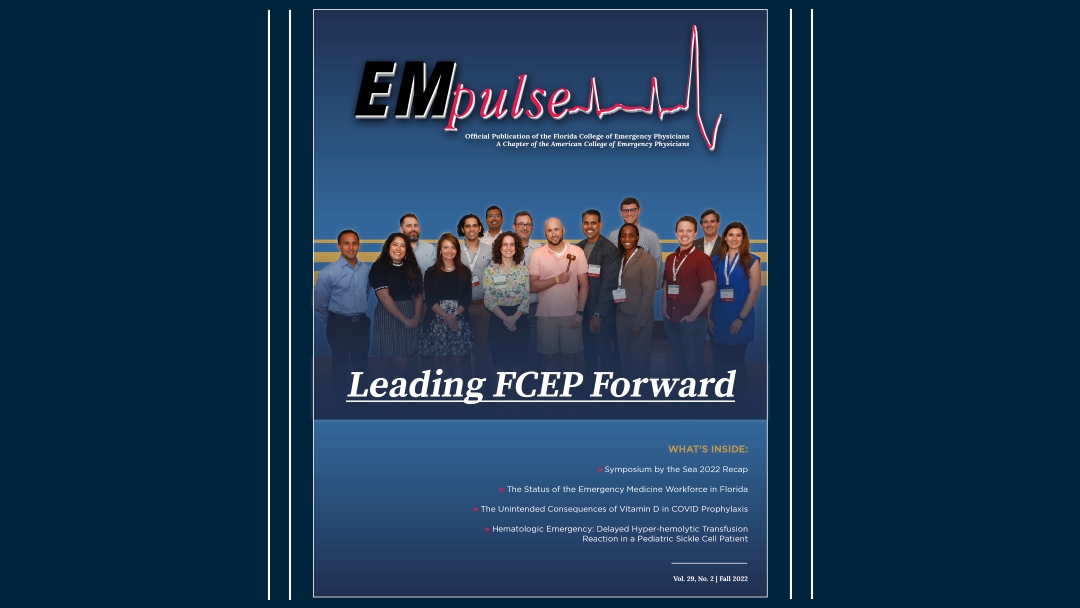Preliminary Analysis of Downstream Treatment Engagement Post-ED Visit in Opioid Use Disorder Patients With and Without Additional Psychiatric Comorbidity
Among patients who present to the ED with opioid use disorder (OUD), there is a high prevalence of comorbid mental illness – in some instances, as high as 64%. [1] Further, research has shown that patients with comorbid OUD and other mental illness often experience worse treatment outcomes and have a higher risk for morbidity and mortality. [1] In this patient population, it is vital to stabilize both OUD and concurrent mental illness. However, information on downstream treatment engagement and retention remain unclear. Various studies have reported that individuals with comorbid conditions were the least likely to engage in downstream treatment post-ED visit, while others report either equal or increased chance of treatment completion when compared to individuals without comorbid condition. [2, 3] We sought to gain further insight on this phenomena by analyzing 438 patient charts from our BRIDGE program (Building Integrated Recovery for DruG users into Emergency medicine) and on-site interviews with participants at IDEA Tampa, our syringe services program (SSP). Rates of treatment retention were then analyzed among OUD patients with and without psychiatric comorbidities. Below, we present the findings from this analysis, identify barriers to treatment retention, and propose future directions to inform sustained downstream treatment engagement.
BRIDGE patient chart review indicated that patients with OUD and another co-occurring psychiatric disorder had higher rates of addiction treatment follow up (68%) than their peers without another co-occurring disorder (51%). This finding also mirrors data collected in the interviews conducted on-site with 25 SSP patients, of which 60% had co-occurring OUD and another mental health condition. SSP patients reported accepting some form of mental health treatment (counseling, medication, etc.) at least once in their lifetime (88%), and 72% were able to identify one or more positive outcomes related to mental health treatment, with the most common response being access to medication. Other positive outcomes included improved psychiatric symptoms, improved mood, improved mental state, improved sleep, and increased coping skills. Barriers were mainly structural for patients, including lack of financial resources, lack of insurance, and difficulty navigating treatment systems and services, which is largely consistent with existing literature. [4] Further, all patients reported a relapsing event after losing access to mental health treatment.
These findings suggest a higher level of engagement in mental health treatment among OUD patients than has been reported in previous literature. The ED visit plays a key role in stabilizing patients with OUD, and our findings indicate that there may be an additional opportunity to further improve downstream treatment engagement by utilizing medications for opioid use disorder (MOUD) and a direct referral to community treatment partners. We utilize these strategies in our BRIDGE Program, which offers buprenorphine induction and peer recovery specialists, who facilitate the warm hand-off to community OUD treatment facilities and/or community harm reduction programs, like IDEA Tampa. Further, we are currently conducting a pilot where Master’s-level mental health counseling interns see patients alongside our peer recovery specialists in order to co-locate linkage and downstream support during the ED visit. While this preliminary analysis seems promising, more research is needed to determine the long-term impact of co-located care for OUD and other comorbid psychiatric conditions on treatment retention and long-term recovery for patients with co-occurring disorders. ■
References:
- Jones, C. M., & McCance-Katz, E. F. (2019). Co-occurring substance use and mental disorders among adults with opioid use disorder. Drug and alcohol dependence., 197, 78-82. https://doi.org/10.1016/j.drugalcdep.2018.12.030
- Krawczyk, N., Feder, K. A., Saloner, B., Crum, R. M., Kealhofer, M., & Mojtabai, R. (2017). The association of psychiatric comorbidity with treatment completion among clients admitted to substance use treatment programs in a U.S. national sample. Drug and Alcohol Dependence, 175, 157-163. https://doi.org/10.1016/j.drugalcdep.2017.02.006
- Friesen, E. L., & Kurdyak, P. (2020). The impact of psychiatric comorbidity on treatment discontinuation among individuals receiving medications for opioid use disorder. Drug and alcohol dependence., 216, 108244. https://doi.org/10.1016/j.drugalcdep.2020.108244
- Barros, F. C., Matijasevich, A., Santos, I. S., Horta, B. L., Da Silva, B. G. C., Munhoz, T. N., Rohde, L. A. (2018). Social inequalities in mental disorders and substance misuse in young adults. Social Psychiatry and Psychiatric Epidemiology, 53(7), 717-726. https://doi.org/10.1007/s00127-018-1526-x









